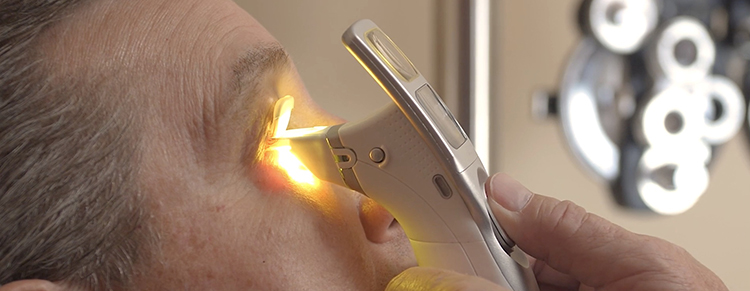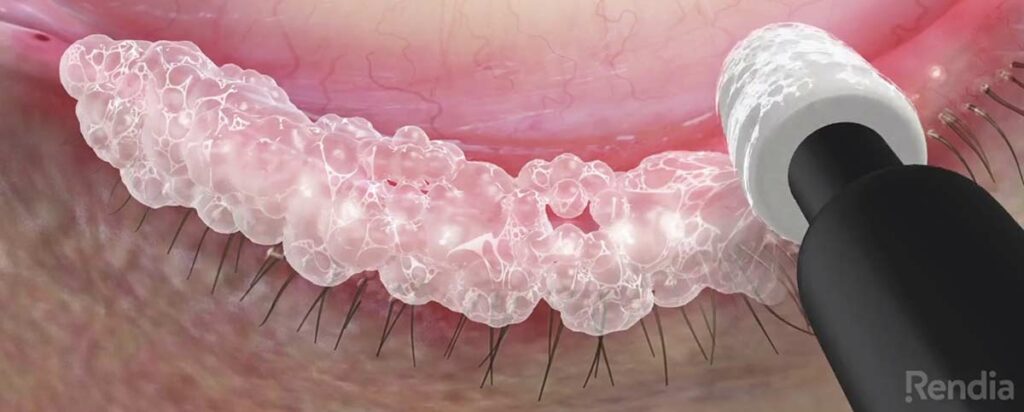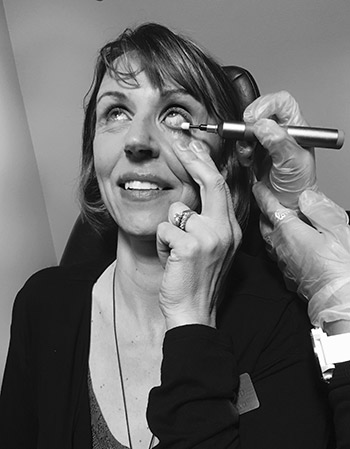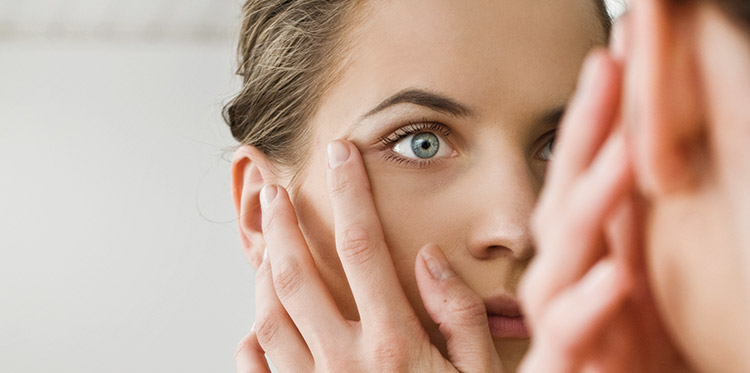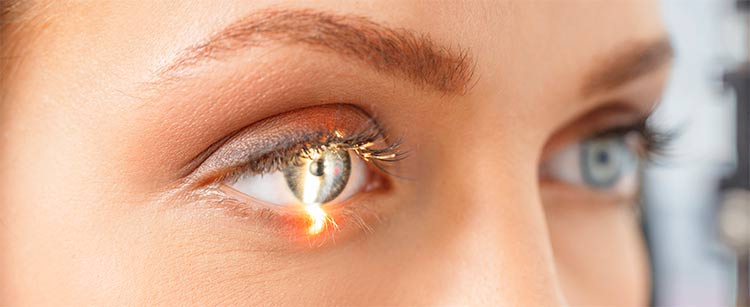Addressing damaged visual processing after an acquired brain injury can enhance your rehabilitation.
ABI AND HIDDEN VISUAL PROBLEMS
Vision is your body’s most important source of sensory information. If you’ve experienced a brain injury, the vital connection between your brain and your vision may be interrupted or damaged. While that alone would be cause for treatment, consider the fact that all of your other rehabilitation activities rely on accurate vision for success.
WHAT IS NEURO-OPTOMETRIC REHABILITATION?
Neuro-Optometric Rehabilitation is based upon the core principle that vision, when functioning well enhances and stabilizes. When it is not, it interferes. After an injury, vision can be reintegrated and relearned leading to rehabilitation. Highline’s Optometrists and Vision Therapists have extensive experience treating the visual consequences of brain injury.
HIDDEN VISUAL PROBLEMS
An acquired brain Injury may disrupt eye teaming skills, tracking, and visual focus. Often, visual problems resulting from a brain injury are overlooked during initial treatment of the injury.
Symptoms indicating a vision problem are:
- Intolerance of visually crowded spaces
- Blurred vision
- Sensitivity to light
- Reading difficulties: words appear to move
- Reduced Comprehension
- Attention or concentration difficulty
- Memory difficulty
- Double vision
- Aching eyes / eye strain
- Headaches with visual tasks
- Loss of visual field
- Navigation difficulty
- Dizziness
- Balance and coordination issues
- Changes in posture
Think About It: Everything you do in rehabilitation after an acquired brain injury requires visual function. If your visual processing is damaged, your rehabilitation process can be more difficult because your brain is working with distorted information.

ROADBLOCK TO REHABILITATION
When visual problems go undetected and untreated after a brain injury, patients and their families often experience terrible frustration because other rehabilitation methods are proving less effective than hoped. If the visual system is inefficient, every task can seem difficult.
Visual skills affected by acquired brain injury include:
- Tracking – the ability of the eyes to move smoothly across a printed page or while following a moving object
- Fixation – the ability to maintain steady gaze on an object
- Focus change – looking quickly far to near and back without blur
- Depth perception – judging relative distances of objects
- Peripheral vision – monitoring and interpreting what is happening in the surrounding field of vision
- Binocularity – using both eyes together as a team
- Maintaining attention – keeping focused on a particular activity while interference, such as noise, is present
- Visualization – accurately picturing images in the “mind’s eye”
- Near vision acuity – clearly seeing, inspecting, and identifying objects when viewed within arm’s length
- Distance acuity – clearly seeing, inspecting, and identifying objects when viewed at a distance
- Visual perception – understanding what is seen
WHAT IS ACQUIRED BRAIN INJURY?
Acquired brain injury is any insult to the brain. It can result from trauma, an illness, an operation, or a vascular accident. A brain injury may result in impairment of cognitive abilities, sensory processing and/or physical function. Types of acquired brain injury include:
- Traumatic brain injury
- Open or closed head injury
- Concussion
- Whiplash
- Stroke
- Aneurysm
- Brain tumor
- Anoxia (lack of oxygen)
- Chemical trauma (chemotherapy, radiation, alcohol or drug abuse)
- Infection (encephalitis or meningitis)
OPTOMETRY AND REHABILITATION
Your rehabilitation process should include an evaluation of your visual system and treatment of any detected visual problems. Vision problems related to brain injuries can be radically reduced or successfully eliminated. This can help the rest of your rehabilitation go more smoothly to allow you to move forward with your life.
Behavioral optometrists and therapists specifically trained in rehabilitation can help you to improve the flow and processing of information between your eyes and your brain. Improvement is gained through therapy, lenses, prisms, and occlusion (patching or partial patching).
Call Highline Vision Center today to schedule your visual evaluation: 303-325-2014.
Ready to Schedule An Appointment?
The Highline Vision Center team is looking forward to seeing you soon. Our practice utilizes state-of-the-art technology to deliver personal and comprehensive eye care for your entire family.

